hGH Fragment 176–191 – Native C-Terminal Lipolytic Domain of Human Growth Hormone
Chemical Identity
Chemical Name: hGH Fragment 176–191 Acetate
Molecular Formula: C₇₈H₁₂₃N₂₃O₂₃S₂
Molecular Weight: ~1815.1 Da
CAS Number: 221231-10-3
Sequence (Linear): Tyr-Leu-Arg-Ile-Val-Gln-Cys-Arg-Ser-Val-Glu-Gly-Ser-Cys-Gly-Phe
Structure Type: Synthetic 16-amino acid peptide corresponding to residues 176–191 of endogenous human growth hormone
Pharmacological Classification
hGH Fragment 176–191 is a non-anabolic, lipolytic fragment of human growth hormone that retains fat metabolism–modulating properties without binding to the GH receptor or stimulating IGF-1. However, emerging data suggest **possible localized anabolic effects** under certain experimental conditions.
Mechanism of Action
- Stimulates Lipolysis: Activates hormone-sensitive lipase and enhances fatty acid oxidation in adipocytes.
- Inhibits Lipogenesis: Reduces de novo fatty acid synthesis via downregulation of lipogenic gene expression.
- GH Receptor Independent: Does not activate GHR; does not induce IGF-1 or mitogenic signaling.
- Potential Myotrophic Activity: May promote soft tissue repair or collagen remodeling through local or indirect mechanisms, though this is not fully understood.
β-Arrestin Recruitment
This peptide does not act through GPCR signaling and shows no β-arrestin recruitment. Effects are likely mediated through intracellular metabolic sensors and enzyme regulation (e.g., AMPK, PPARγ modulation).
Molecular Profile
hGH Fragment 176–191 is the unmodified, native sequence from human growth hormone. It starts with Tyrosine (Tyr) and ends with Phenylalanine (Phe), differentiating it from AOD-9604 which substitutes Norleucine and Tyrosine at these termini for improved pharmaceutical properties.
Pharmacokinetics (Non-Dosing)
- Absorption: Rapid via subcutaneous injection
- Half-Life: Short; estimated 20–60 minutes in vivo
- Metabolism: Cleared proteolytically and excreted renally
Biological Effects
Reduces white adipose tissue accumulation and may improve lipid metabolism. Reports suggest minor or context-dependent effects on cartilage, muscle repair, or connective tissue remodeling, especially in combination with other peptides like CJC-1295 or Ipamorelin.
Preclinical Evidence
Animal studies confirm consistent fat mass reduction. Limited evidence in joint repair and soft tissue regeneration exists, but no robust evidence of systemic anabolic activity in muscle or skeletal tissue independent of other agents.
Stability and Storage
- Form: Lyophilized acetate salt
- Solubility: Water, DMSO, or acetate buffer (pH 4.5–6.0)
- Storage: –20°C; dry and light-protected
- Reconstitution pH: 4.5–5.5 preferred
Comparative Mechanistic Summary
| Parameter | hGH Fragment 176–191 | AOD-9604 |
|---|---|---|
| Position 1 | Tyrosine (Tyr) | Norleucine (Nle) |
| C-Terminus | Phenylalanine (Phe) | Tyrosine (Tyr) |
| GH Receptor Binding | No | No |
| IGF-1 Induction | No | No |
| Lipolytic Activity | Yes | Yes (comparable) |
| Anabolic Potential | None via IGF-1, but may support tissue repair in certain models | Intentionally excluded (no myotrophic action) |
| Therapeutic Development | Research use only | Yes (designed as anti-obesity drug) |
Clarifying Statement
While traditionally labeled non-anabolic due to its inability to bind GHR or induce IGF-1, hGH Fragment 176–191 may exhibit localized anabolic-like effects in certain tissues (e.g., cartilage, muscle microtrauma) under research conditions or when combined with other peptides. AOD-9604 was created as a pharmaceutical analog specifically to enhance fat loss and remove any risk of muscle or organ hypertrophy.
References
- Ng FM, et al. Obes Res. 2000;8(6):431–435.
- Heffernan M, et al. Obesity. 2001;9(3):341–345.
- Waters MJ, et al. Endocr Rev. 2016;37(4):376–400.
- Biotech Peptides. The Synergistic Potential of Fragment 176–191. 2025. [biotechpeptides.com]
- Qian J, et al. J Orthop Res. 2015;33(9):1404–1411.
